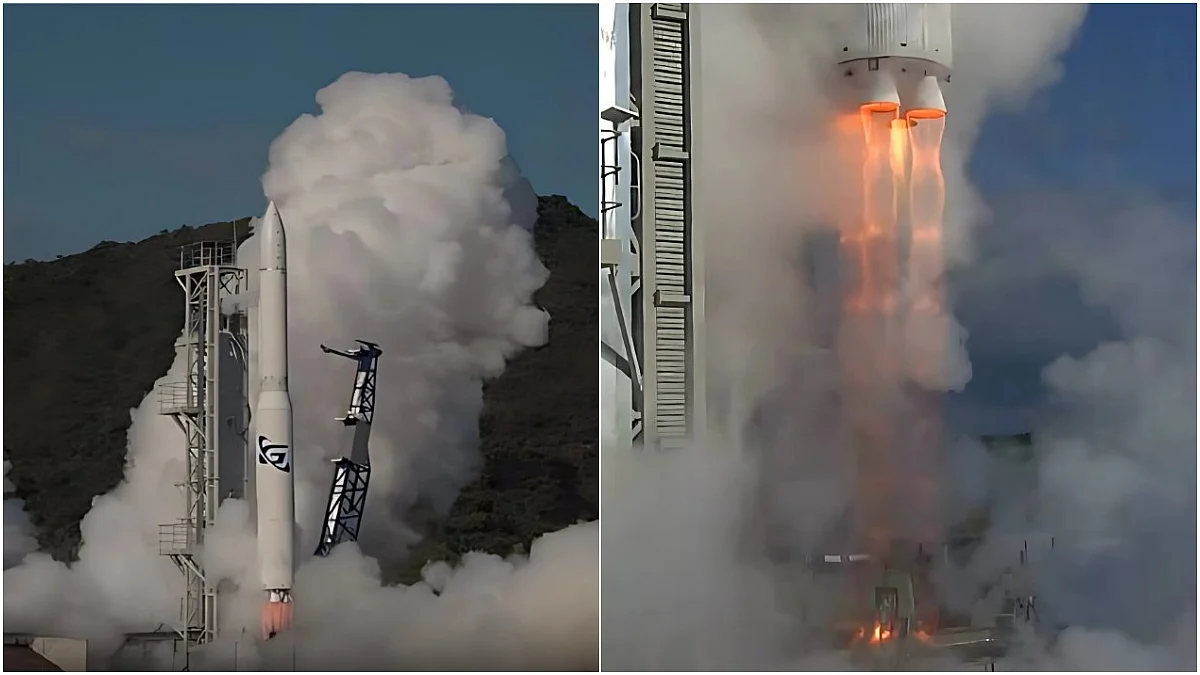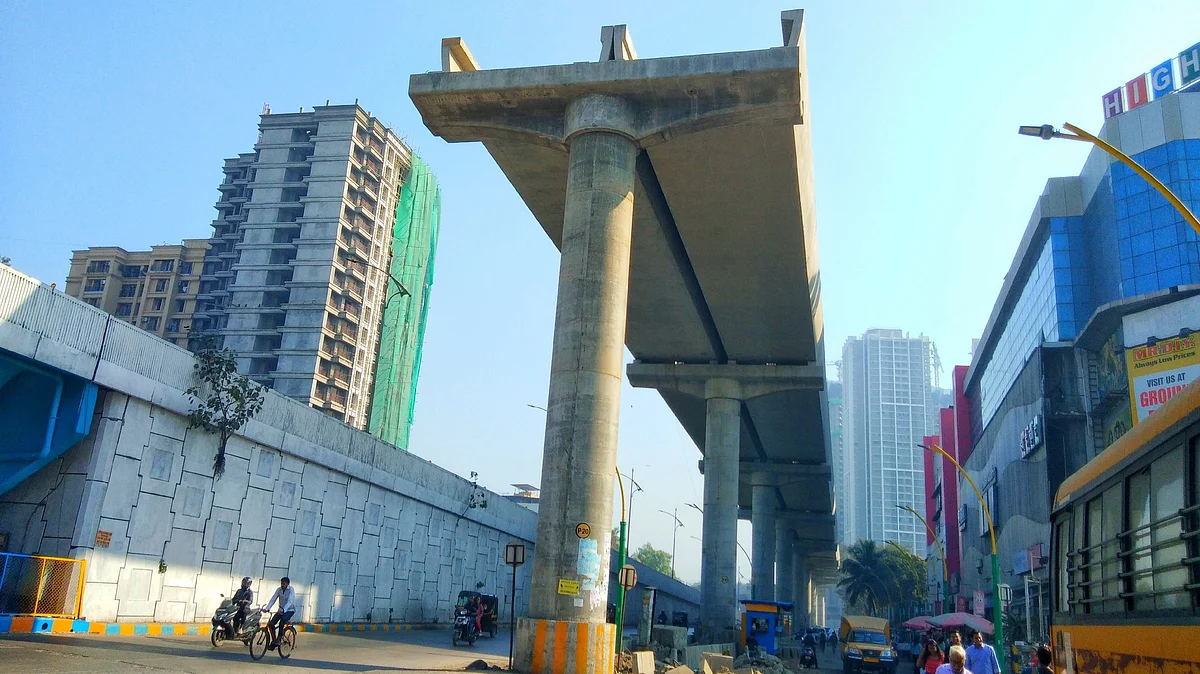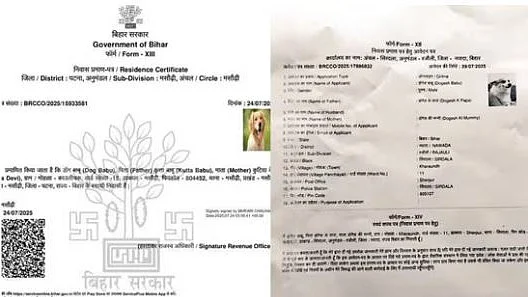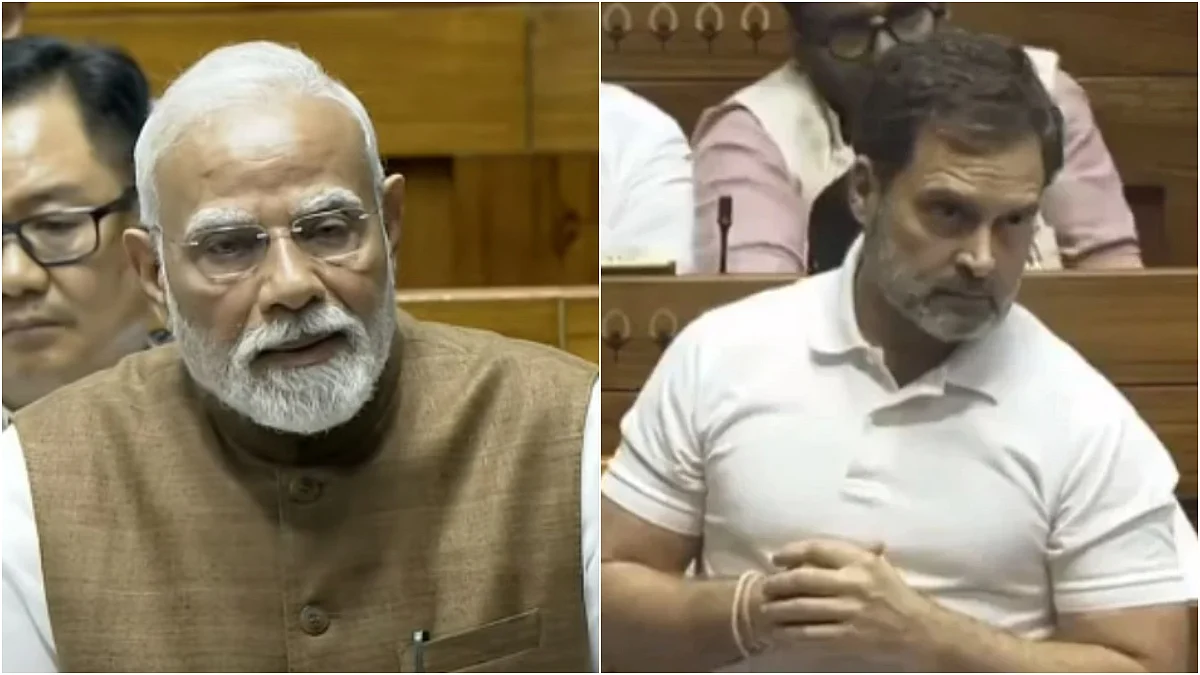The construction of the Mumbai metro system for all practical purposes commenced in 2016 after the first line between Andheri and Versova was launched in 2014. There has been a promise of a new Mumbai which now stretches across all the three cities: Greater Mumbai, Thane and Navi Mumbai. As of now there are two other lines which started in 2022 but the bulk of the transport system is still under construction. One is not sure when the comprehensive system would be operational and a best guess is that it could be 2030.
What is evident to the common citizen is that ever since the construction work started, roads have been dug up which means that they have been almost permanently narrowed down. The existing side roads have been maintained in a shoddy manner which means that traffic crawls along. Given that the BMC’s reaction during the monsoon is one of indifference, the potholes multiply and slow down traffic further. Highways are occasionally attended to especially if dignitaries are to enter the city from the airport. There is hence a difference in the speed of repair for roads to the airport and beyond this landmark.
What does this mean in terms of pure economics? Line 3 which is funded also by Japan International Cooperative Agency (JICA) has officially overshot the budget by Rs 10,000 crore with at least a 2 year delay. The other lines would be having their share of time and cost overruns which an audit would reveal. All of them were launched at different points of time and hence indicates absence of perspective planning. This all means that until the final line is launched, the citizens would have to live with broken narrow roads across the city. Add to this the myriad work undertaken by the BMC for storm water drainage work, water supply, electrical wiring, piped gas and so on, it is rare to come across any road without some work in progress. An accompanying habit is that once the work is done, the holes are filled with the existing stones and mud, with the levelling coming much later when the concerned contractor gets to work.
The cost for citizens as well as the nation can be mindboggling. All vehicles which are sold in the market offer a mileage of 15-20 kms a litre which is admittedly in ideal conditions which can be achieved once out of the city. In the city the mileage comes down to something closer to 8-10 kms/litre depending on the time one drives. With the present set of construction work in progress one tends to lose at least 3-4 kms/litre in mileage quite unwittingly. It would be higher for larger vehicles and lower for two wheelers. During peak hours an 8 km stretch on the two highways can take up to an hour both in the evening and morning. Hence the loss of 3 kms per litre is quite conservative and could be more.
There are no firm recent figures on the number of vehicles registered in Mumbai and Thane but a ballpark would be 40 lakhs in the former and 2/3 of the same in the latter. Out of the 65 odd vehicles let us assume that 50 lakhs ply on a daily basis. Ideally all rides would be losing 3 kms each way. Being conservative given the distances travelled by individuals would vary (buses and cabs run the whole day while private vehicles for 1-3 hours depending on the distance), one can assume that everyone loses 3 kms in mileage every day. This works out to 150 lkh kms a day.
Assuming again at an optimistic level, an average vehicle gives around 10 kms a litre, which can easily be contested, it would mean 15 lkh litres of fuel being wasted. At Rs 100 a litre on an average, this works out to Rs 15 crore a day, which multiplies to at least Rs 400 cr a month assuming there is less running of vehicles on Sundays. On an annual basis this cost would be around Rs 4800-5000 crore. As the metro project has been running now from 2017 onwards, for the five years that work is in progress (excluding the pandemic year), the citizens, city and nation have lost around Rs 25,000 crore of income as fuel expenses. This is large.
The reader can make her assumptions on the mileage front and arrive at different numbers. But the sum and substance of this calculation is that the nation loses a lot of money in the form of lower mileage due to poor planning and implementation of road projects.
Similar stories are narrated in other cities too like NCR, Bengaluru, Chennai and Hyderabad. All progress through such works invariably cause a lot of damage to the ecology as several homes, shops are dismantled to widen roads. Trees are uprooted to make way for progress. The citizens choke on roads while walking or get tense while travelling with the waste of fuel being enormous. Cumulatively the nation is wasting a lot of fuel even as our imports increase. The cost is not just citizens paying more for fuel but also the government which has to cut taxes at times to control inflation.
A more responsible approach to such constructions is the clue. The problem in India is that we all love to make announcements. But the follow up activity is sub-standard with the blame game justifying tardiness. The centre talks of highways, the state of state connections, municipals of inner roads. The blame passes from one to another with no visible action on contractors for bad work. There should be concerted action to change this matrix.
Madan Sabnavis is Chief Economist, Bank of Baroda, and author of ‘Lockdown or economic destruction?’ Views are personal











